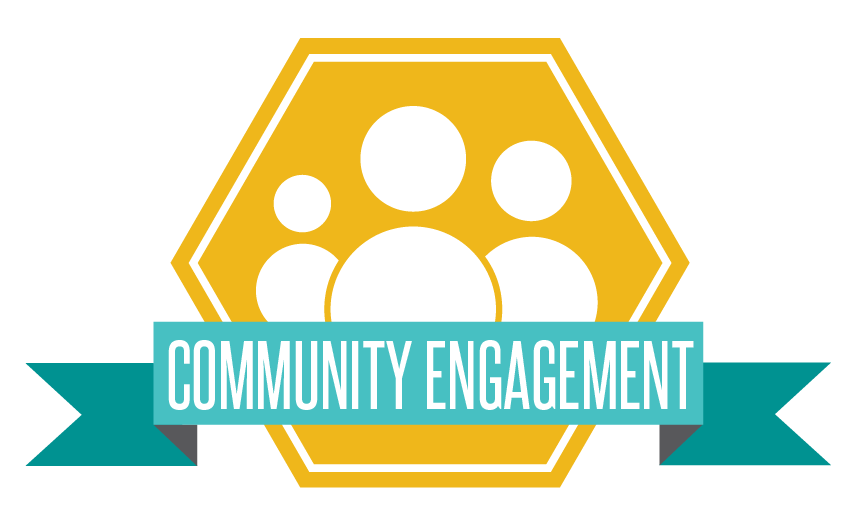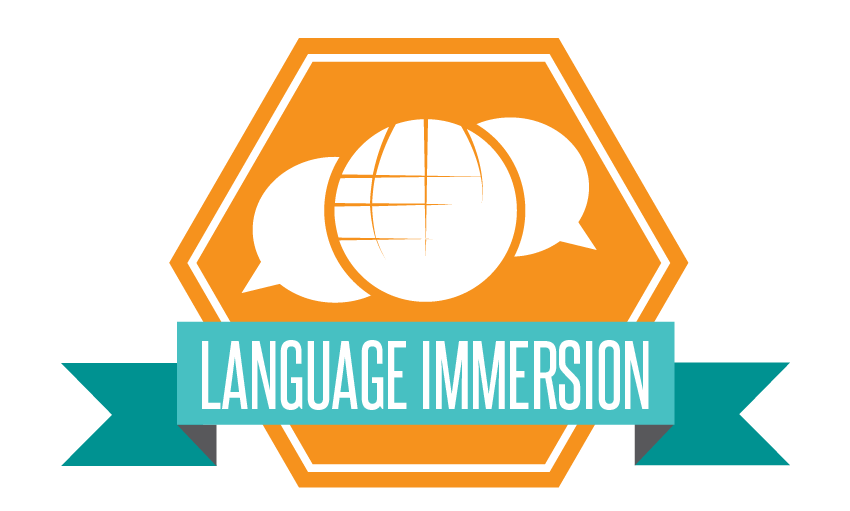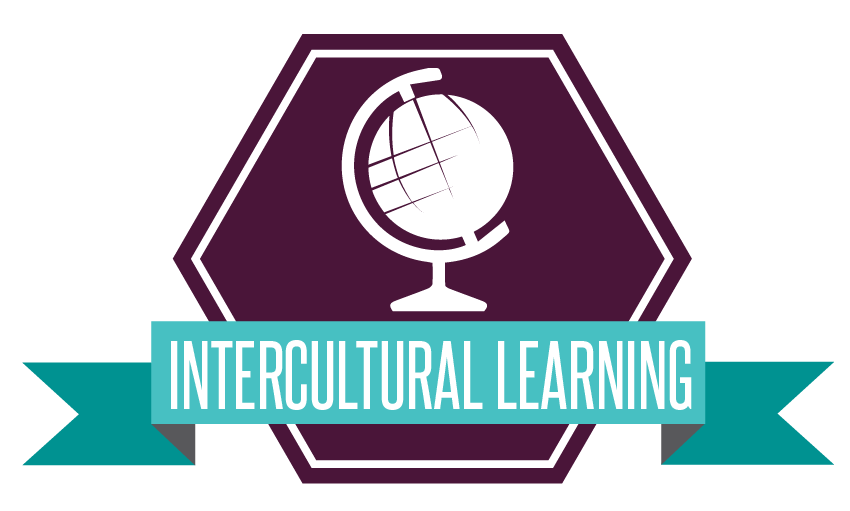Getting Started
Faculty are key to providing U students with diverse, high quality Learning Abroad Programs. As a Faculty Director, you have the opportunity to influence students’ intercultural competence and worldview, and Learning Abroad is excited to partner with you in your efforts. To support your goals, Learning Abroad offers a number of services that support the administrative, academic, and financial success of your Program.
The information below will help you get started. There is information about:
- The U’s priorities for new Programs
- Key considerations for designing a Program
- The proposal process and requirements
- Proposal deadlines
Please contact our office at learningabroad@utah.edu or 801-581-5849 if you have questions or concerns. We look forward to meeting with you to discuss your ideas!
Priorities for New Programs
The University has identified several strategic priorities for new Programs. All proposals are evaluated based on their alignment with these priorities. Programs that meet the following criteria will be given special consideration:
- Proposals that collaborate with or enhance existing Programs
- Proposals that formally include intercultural learning or Global U Program Badges in Program courses content, pedagogy, and assessment
- Programs offering coursework that satisfies core graduation requirements instead of electives
- Programs that satisfy general education courses (aside from the International Requirement)
- Programs in new locations
- Programs that will attract underrepresented students
- Programs that align with University and/or college strategic priorities
- Programs that appeal to a wide variety of students, are not restricted to specific majors or colleges, and offer at least some coursework in English (excludes intensive language Programs)
Considerations for New Faculty-led Programs
There are several moving parts to leading a faculty-led program, particularly if this is your first time. Learning Abroad is here to help! We are happy to connect you with other faculty on campus with experience running programs and with providers and international institutions that can assist with in-country support. To help focus your efforts, consider the following factors.
-
- Enrollment: The University has established minimum Program enrollments for Learning Abroad Programs. There is some leniency for new Programs, but new Programs should be designed to meet the minimum required enrollment
- Facilitator to Student Ratios: To control costs for students, all Programs are subject to the U’s facilitator to student ratio.
- Competition & Recruitment: The concept of supply and demand applies to Learning Abroad Programs, and competition directly impacts recruitment. New Programs should not compete with existing Programs. For that reason, we encourage you to look at our annual statistical report and review the Programs in our Program search before submitting a proposal. Learning Abroad can also provide insights into student demand for certain fields of study or destinations.
- Number of Credits: Be sure to design the Program so that students can meet the minimum credit requirement for financial aid and scholarships. In general, the following guidelines for undergraduate students will support this:
- Fall/Spring Semester Programs: 12 credits
- Spring Break, Fall Break, Winter Break Programs: 3 credits
- Summer Programs: 6 credits
- Academic Year or Calendar Year Programs: 24 credits (12 credits per term)
- Eligibility Requirements: Think about the eligibility requirements for the Program. Make sure that they do not reduce access to the Program. Examples include GPA, course pre-requisites, year in school, major or minor enrollment, physical requirements etc.
- Intercultural Learning & Competence: A common myth about Learning Abroad is that students will informally gain intercultural competence. Research shows that intercultural learning is most effective when it is formally integrated into program courses (Almeida, Fantini, Simões, & Costa, 2016; Anderson, 2016; Berg, 2009; Lou & Bosley, 2012; Spenader & Retka, 2015; Stoner et al., 2014; Vande Berg, Connor-Linton, & Paige, Fall 2009; Vande Berg, Paige, & Lou, 2012)*. This is best achieved when active, experiential, authentic, or targeted intervention pedagogies and assessment are integrated into Program courses. Reflection activities throughout the program are also linked to successful intercultural learning (Bai et al., June 2016; Doerr, 2015; Engberg & Jourian, Spr 2015; Glass, 2014; Hallows & Marks, 2011; Holmes et al., 2015; Jackson, 2015; Lou & Bosley, 2012; Mitchell, 2015a; Perry et al., 2015; Schaefer & Lynch, 2017; Smith-Augustine et al., 2014; Spenader & Retka, 2015; Stoner et al., 2014; Tuleja, 2014; Vande Berg et al., Fall 2009; Wynveen et al., 2012)*. All Learning Abroad courses are required to include intercultural learning. Contact the Director of Learning Abroad for assistance developing intercultural learning curricula or visit the AAC&U website for more information.
- Transferable Skills: U of U students are very focused on the return on investment for Learning Abroad Programs. To help students integrate their experiences abroad into their academic, professional, and personal goals here on campus, Learning Abroad developed the Global U Program. All Programs are encouraged to participate in the Global U Program. The Global U Program is based on badges. Four badges are available:
|
Badge |
Minimum Requirements |
|
|
30 hours of badge activities. At least one required Program course must be designated as a Community Engaged Learning course. The community engagement badge encourages students to immerse themselves in the host culture and contribute to community initiatives. This badge:
Sample badge activities include, but are not limited to:
|
|
|
30 hours of badge activities. The career development badge helps students incorporate valuable professional experience into their learning abroad program. This badge:
Sample badge activities include, but are not limited to:
|
|
|
30 hours of badge activities. The research experience badge helps students obtain valuable research skills as part of their Learning Abroad program. This badge:
Sample badge activities include, but are not limited to:
|
|
|
96 hours of badge activities (the equivalent of 6 credit hours). The language immersion badge encourages students to practice the language of the host country in a way that can be used in a variety of settings. This badge:
Sample badge activities include, but are not limited to:
|
|
|
25 hour of badge activities. The Intercultural Learning Badge is for Intercultural Effectiveness Scale (IES) eligible programs only: exchanges and Utah Asia Campus. Unlike the original 4 badges, the Intercultural Learning badge extends theme specific reflection before and after your program. This badge:
Sample badge activities include, but are not limited to:
|
*Full citations are available upon request
Proposal Deadlines
Successful Faculty Directors begin Program development 12-18 months before taking the first group of students abroad. The development stage of a new Program involves several offices on campus and in the host country. Learning Abroad facilitates cooperation among these stakeholders to ensure that our Programs adhere to national best practices. Additionally, we will work to ensure that there is adequate infrastructure to support program, academic quality, and the health and safety of our students and faculty.
- To support these goals, Learning Abroad has established the following proposal deadline:
Learning Abroad will accept proposals once a year for the following spring, summer, and fall cycle/terms, as well the winter break (January) of the year after. Example:
|
Term of the Program |
Year |
Proposal Deadline |
|
Spring, Spring break, Summer, Fall, Fall break |
2024 |
May 15, 2023 |
|
Winter Break (January) |
2025 |
May 15, 2023 |
The Proposal Process
- Pre-proposal: As you develop your ideas, you are encouraged to meet with the Director for Learning Abroad. The Director will help you assess the sustainability of the program, assist in developing intercultural learning materials for your course, and walk you through the proposal process.
- Full proposal: Proposals are submitted using our online application system. You can visit the program brochure page here and start an application any time: Learning Abroad New Faculty-Led Program Proposal link. One proposal is submitted for each Program regardless of the number of faculty involved in the Program. The proposal brochure page includes a list of proposal requirements:
- Faculty Information Program details, including a tentative itinerary and budget
- Please contact Learning Abroad as you develop out the tentative itinerary and budget
- Academic information, including syllabi
- Marketing and recruitment information
- A risk and safety assessment
- Approval from the Department Chairs and Deans
Several of these requirements are completed in collaboration with other Learning Abroad. Additional instructions are found in the online application.
- Proposal Review: Once the deadline has passed, your proposal is reviewed by a committee of university staff, faculty, and students. The proposal will be evaluated based on its alignment with the established priorities and the intercultural learning infrastructure that is incorporated into the coursework. It will also be weighed against the other proposals received. Not all proposals will receive approval. The review process takes 2-3 weeks after the proposal deadline. A timeline is listed on the proposal brochure page.
- Probationary Approval and Review: If the Program is approved, it will receive Probationary Approval. Probationary approval is typically granted for 3 years. During this time, the Program must demonstrate that it is sustainable, complies with University guidelines, and adheres to international best practices.
- Official Program Approval: If the Program receives a satisfactory review after the probationary period, it automatically receives official approval status. Official approval is granted with the assumption that the Program will continue to be sustainable, adhere to national best practices, and meet University standards for Learning Abroad. A periodic review of all Programs is conducted to verify that the Programs continue to meet these requirements.
-
- If a program either struggles to make or does not meet approval requirements, faculty can work with Learning Abroad to address concerns and work through an improvement plan.
- If a program fails to make two consecutive years, Learning Abroad can require that the faculty submit a new proposal.
Have additional questions? We’re happy to help! Contact Learning Abroad for further assistance.
Faculty Handbook Contents
- Learning Abroad Advantage
- Getting Started
- Academic Coordination
- Addressing Behavioral Problems
- Emergency Preparedness
- Faculty Training and Expectations
- Finances
- Marketing
- Program Assistants
- Personal Travel Arrangements
- Program Logistics
- Reviewing Applications and Monitoring Enrollment
- Student Preparation and Orientation





